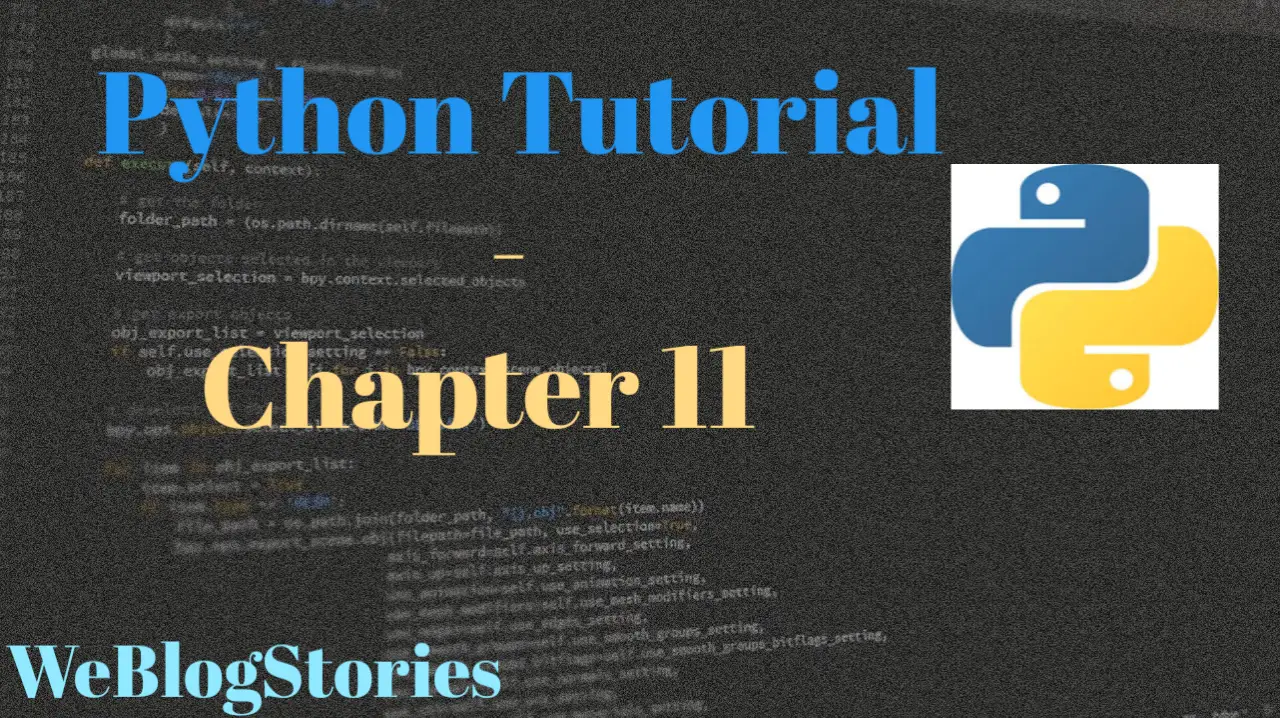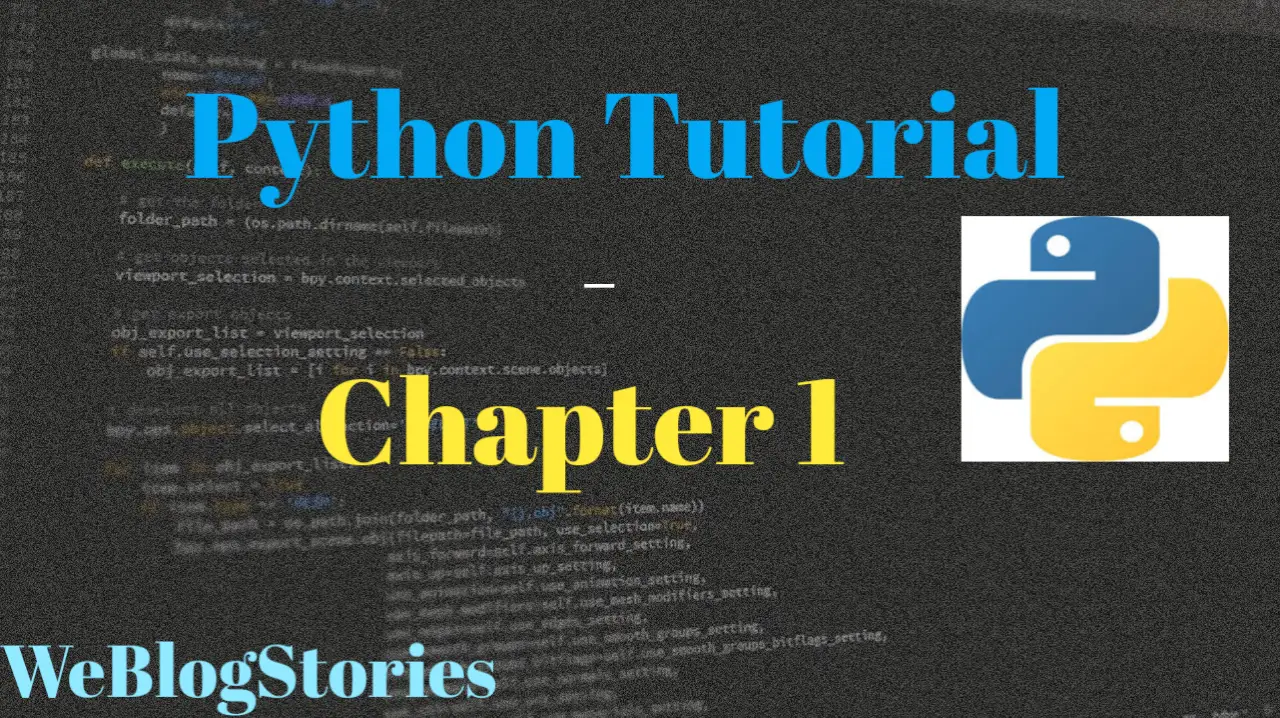Python Tutorial – Chapter 13 – Classes and Objects
In chapter 13 of Python Tutorial, we will learn about Classes and Objects If you are reading this tutorial on Mobile, please rotate your mobile horizontally for best reading experience. You can enable auto-rotate in your phone settings. In previous tutorials, you learnt about built-in data types like dict and list. Do you know that we can define










